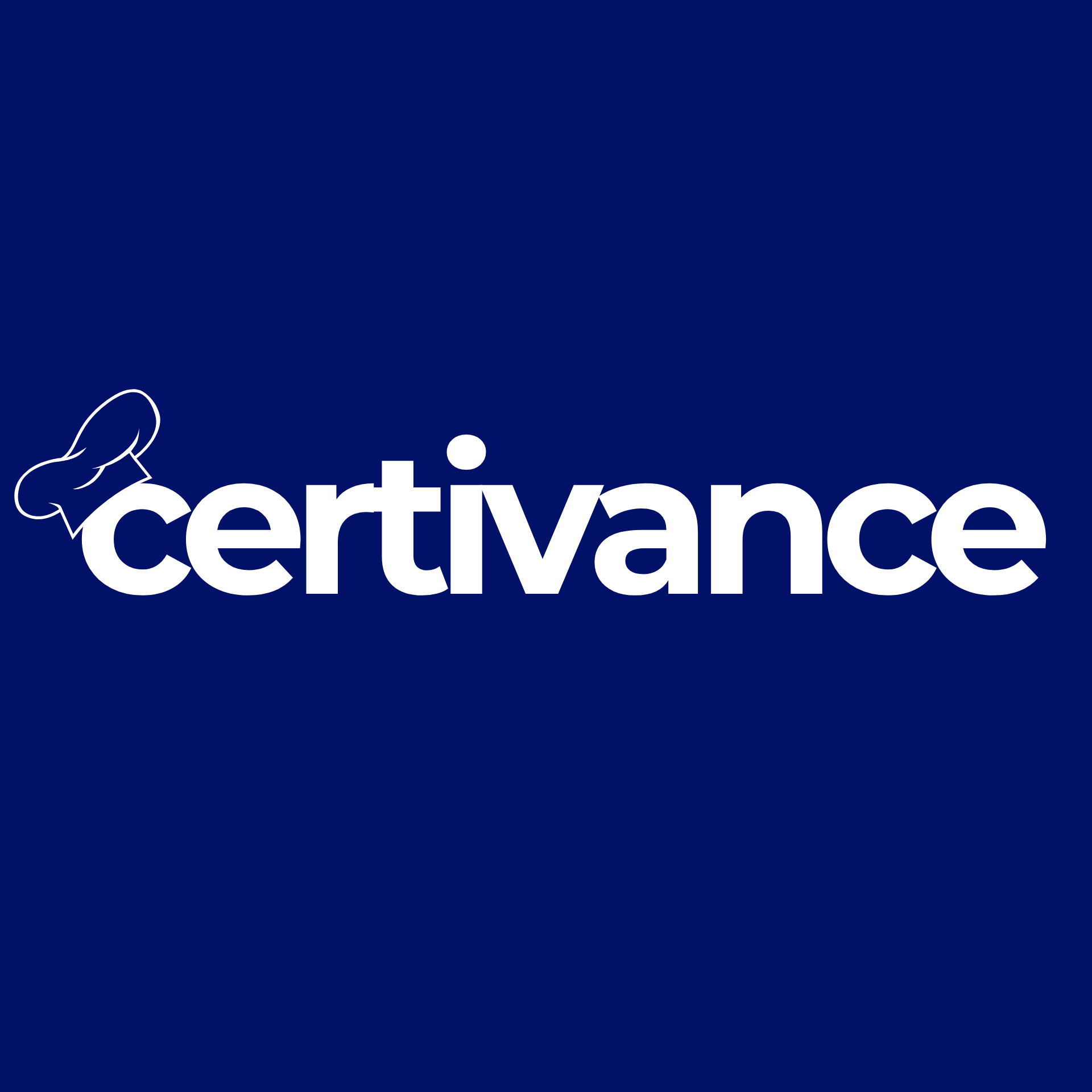Milk allergy is among the most common food allergies, particularly in infants and young children. It involves an IgE-mediated immune response to milk proteins and can range from mild symptoms to life-threatening anaphylaxis. While many children may outgrow it, others carry the allergy into adulthood.
For foodservice professionals, strict vigilance and allergen awareness are essential to protect milk-allergic guests and maintain regulatory compliance.
Understanding Milk Allergy
Milk allergy is not the same as lactose intolerance.
| Milk Allergy | Lactose Intolerance |
|---|---|
| Immune reaction to milk proteins | Digestive issue with milk sugar (lactose) |
| Can cause anaphylaxis | Causes bloating, gas, and discomfort |
| Requires total avoidance, even trace | Often managed with enzyme supplements |
Many milk-allergic individuals are also reactive to goat, sheep, or buffalo milk. These are not safe substitutes. While some patients may tolerate baked milk (e.g., in muffins), this should only be determined through oral food challenges (OFCs) under medical supervision.
Common Milk Proteins to Avoid:
- Casein
- Whey
- Lactalbumin
- Lactoglobulin
- Milk solids
- Milk powder
Hydrolyzed & Elemental Formulas
Infants with milk allergy are often prescribed:
- Extensively hydrolyzed formulas
- Amino acid-based (elemental) formulas
These are nutritionally complete and designed to minimize allergenic proteins. Selection should be guided by a pediatric allergist or dietitian.
The Risk of Cross-Contact
Milk proteins can linger on surfaces, tools, and hands, posing a serious risk through cross-contact.
High-Risk Scenarios:
- Using the same slicer for deli meats and cheese
- Grilling burgers on the same surface as grilled cheese
- Stirring drinks with a spoon used for creamer
Prevention Tips:
- Use separate utensils, equipment, and prep areas
- Clean surfaces and hands thoroughly with soap and water
- Never attempt to “remove” cheese or milk—start fresh with safe ingredients
Labeling & Hidden Milk Sources
The Food Allergen Labeling and Consumer Protection Act (FALCPA) requires that milk be clearly identified on food labels.
But beware:
- “May contain” or “shared facility” warnings are voluntary and unregulated
- “Non-dairy” and “dairy-free” have no strict legal definition—some still contain milk derivatives
Hidden Milk May Be Found In:
| Product | Examples |
|---|---|
| Breads/Crackers | Enriched breads, croissants |
| Processed Meats | Hot dogs, cold cuts, sausages |
| Sauces & Marinades | Alfredo, creamy dressings |
| “Non-Dairy” Products | Creamers, margarine (may contain caseinate) |
| Packaged Foods | Canned soup, frozen meals |
| Supplements & Meds | Protein powders, vitamins |
| Cosmetics | Lotions, soaps, lip balms |
🔍 Look out for terms like ghee, caseinate, whey, Recaldent™, and artificial butter flavor.
Dining Out: Risk Factors & Best Practices
Dining out is high-risk for milk-allergic individuals. Ingredients like butter, cheese, cream, and milk powder often appear in unexpected places.
Kitchen Best Practices:
- Proactively ask about allergies during order taking
- Train all staff to identify milk-containing ingredients
- Use separate cookware, utensils, and prep stations
- Do not serve a questionable item if its safety is uncertain
Emergency Preparedness
Milk allergy can cause rapid anaphylaxis, particularly when exposure is significant or paired with exercise or stress.
Emergency Protocol:
- Individuals should carry 2 epinephrine auto-injectors
- Call 911 immediately after administration
- Monitor for 4–6 hours due to potential biphasic reactions
Nutrition Without Milk
Eliminating milk requires careful planning to maintain adequate nutrition—especially for protein, calcium, vitamin D, and B12.
Alternatives:
| Nutrient | Milk-Free Sources |
|---|---|
| Protein | Meat, poultry, fish*, legumes*, soy, quinoa |
| Calcium | Kale, broccoli, bok choy, tahini*, fortified milks |
| Vitamin D | Salmon, mackerel, fortified non-dairy milks, supplements |
| Vitamin B12 | Meat, eggs*, fortified cereals, organ meats |
*Note: Some of these foods (e.g., eggs, soy, fish, legumes) are top allergens. Always consult an allergist before adding to the diet.
Milk Allergy in Unexpected Places
Milk proteins may hide in non-food items too. Examples include:
- Chewing gum (Recaldent™)
- Medications and supplements
- Pet foods and treats
- Cosmetics and body care products
Read every label, every time. When unsure, call the manufacturer directly.
Certivance: Your Partner in Allergen Safety
At Certivance, we support foodservice professionals with:
🎓 Expert-led allergen training
🛠️ Best practices for cross-contact prevention
🧾 Compliance tools for FDA and local regulations
Understanding milk allergies and implementing strong protocols reduces the risk of allergic reactions and ensures a safer dining experience for all guests.
Visit Certivance.com to explore training, certification, and real-world solutions tailored for foodservice teams.
Back of House Allergy Check Sheet - PDF









